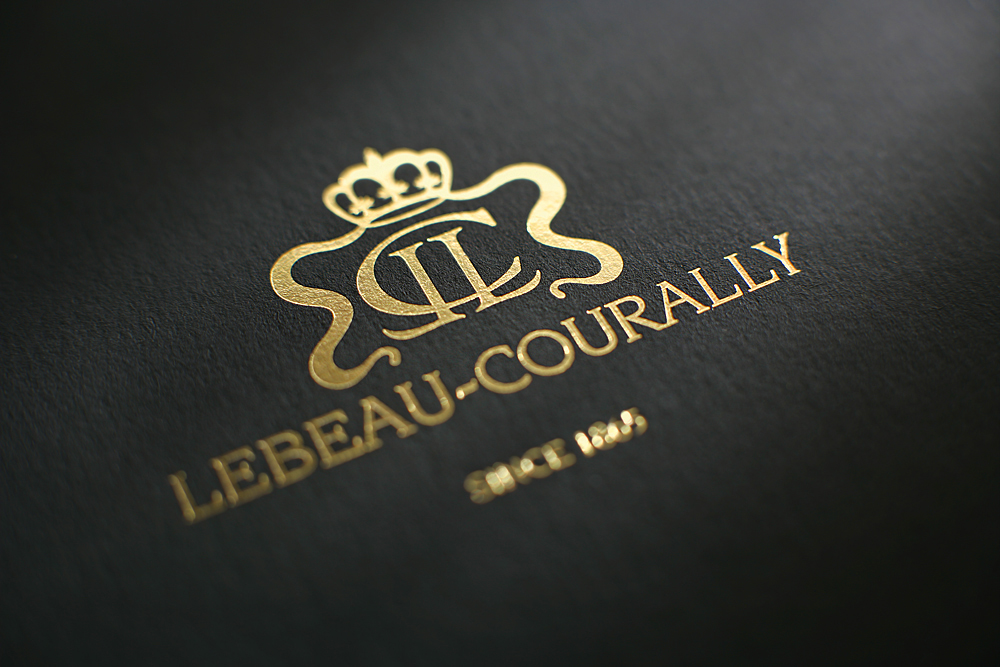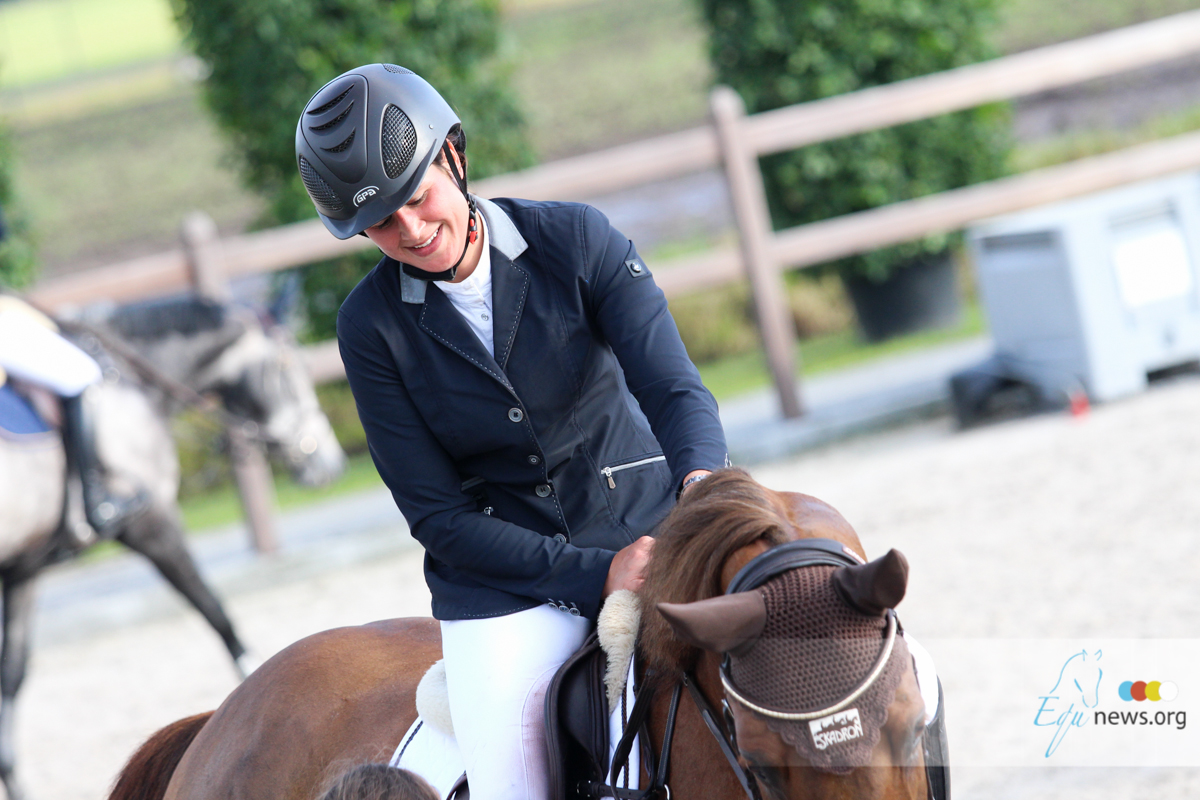Some parents show their commitment to athletics by traveling to baseball doubleheaders in Yaphank, N.Y.; for others, it’s getting to an early morning hockey game at the Lasker Rink in Central Park. For the parents of the horse set, it’s commuting to the Equestrian events and tours. There is however a big difference between the commitment asked in the USA/Canada comapared to the one in Europe. For the USA and Canada riders, most of them girls, doing horse sports means missing out on parties, school plays or hanging out with friends on a weekend. They set the alarm at 5.30am to make their 6am lesson. In the end the USA-rider's day ends around 4pm, hoping they are awarded with a set of ribbons by then. After a quick dinner, homework they go to bed by 10 p.m. “It’s not easy when I think about what I’m missing at home on Saturday nights,” Ms. Press from New York says. “Looking at Facebook, Instagram or Snapchat, it’s pretty easy to feel like I’m missing out. But, in my eyes, it’s worth it.” But let's face it, it are not only the riders that have to commit, also the parents need to put all efforts into this sport... They have to transport the daugther to the event and formost be able to fund this expensive hobby. For most competitors, the ultimate goal is a place on the United States Olympic equestrian team. There is prize money also at stake: On Saturday nights, the most skilled riders competed for six-figure purses. But for the youngest of these athletes, the cost of competing will outreach most monetary prizes. The amounts range from $5,000 to lease a pony for a year to $1 million to buy a grand-prix-caliber Dutch Warmblood. A stall costs $3,500 for the 12 weeks of the festival, trainers and vets receive upward of $10,000 per rider, and transporting a horse to and from Florida costs about $2,500. Add on show fees that range from a few hundred to a few thousand dollars per weekend, and accommodations. Parents say an average three-night weekend in Wellington can cost $3,000 for airfare and hotels. (There are some elements of financial aid, with sponsors enabling the Palm Beach Riding Academy to offer lessons to anyone for $35.) On the other side of the pond the European riders take a different approach. Without saying what our favorit is, there is a different atmosphere. Riders start earliest 7 am warming up their horses. They canter around, some even start preparing for the 9 am first class. Where the North-American tortures her(him)self with a rigid schedule, the European takes it a little more relaxed. Their day ends when they think it is time to go to bed. For some that means 11pm for others 4am. Of course there is a different culture and the competition organisers play along. Being on a European show (or show tour) there are activities to do after the horse-part is done. Riders come together for a social dinner and/or drink. They talk business or just small talk. Further the cost competing in a European show is not as heavy as on North-American soil... No need for $10,000's In general being a horse person it asks commitment. You have to train on a regular base, sit in the saddle every day and stay focused on the final goal... it is striking how the interpretation of commitment changes from region to region, makes us wonder what if the American way would be implemented in Europe and vice versa, what would be the effect?



